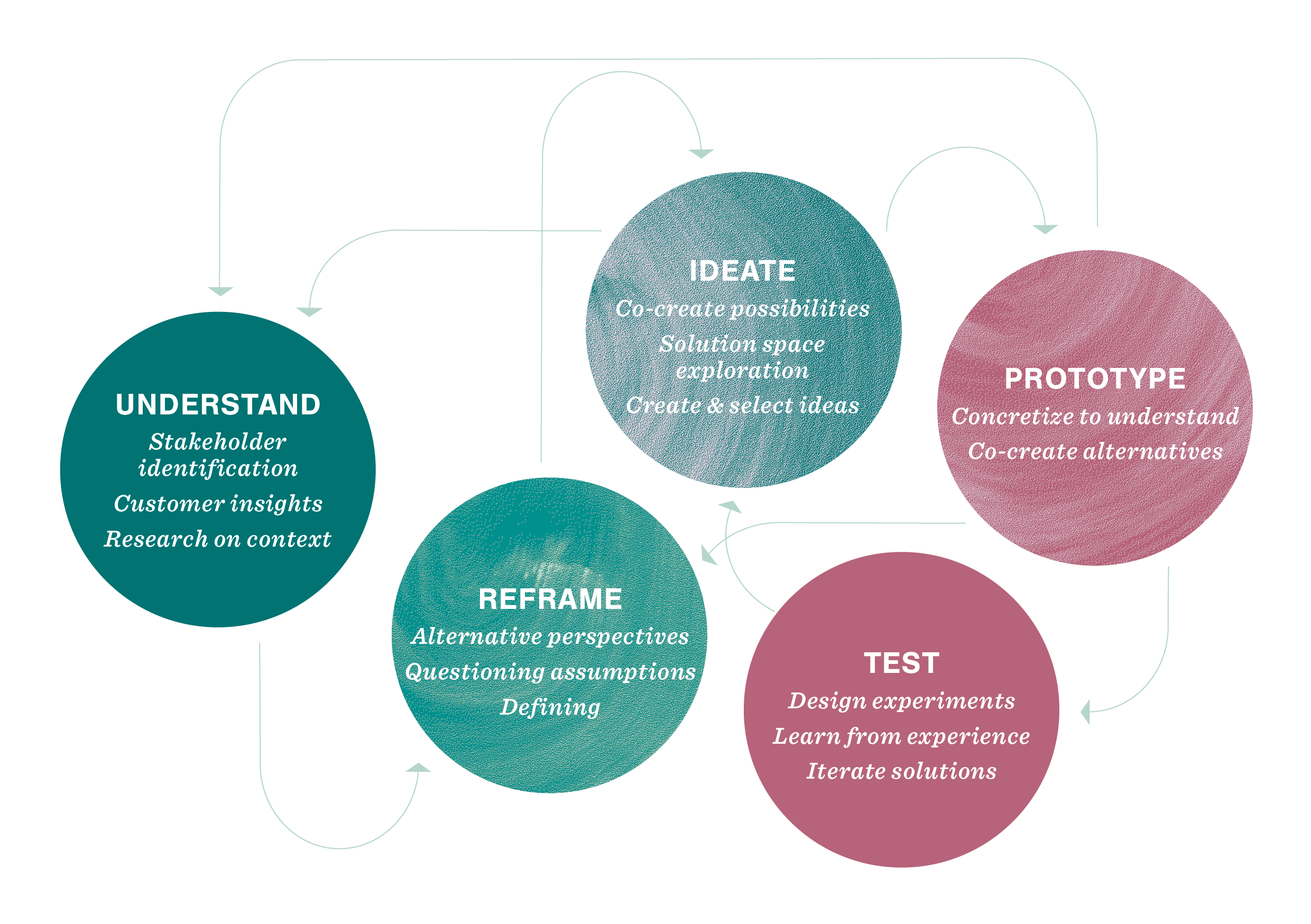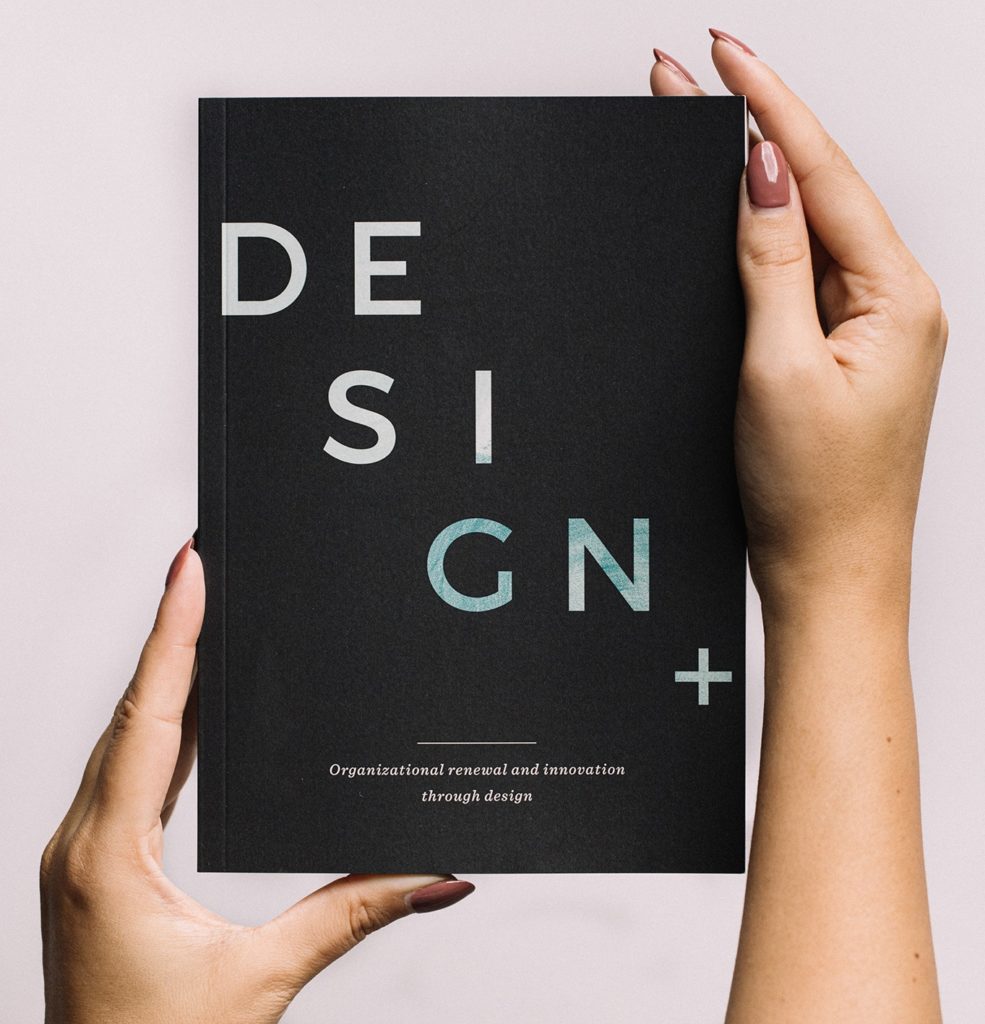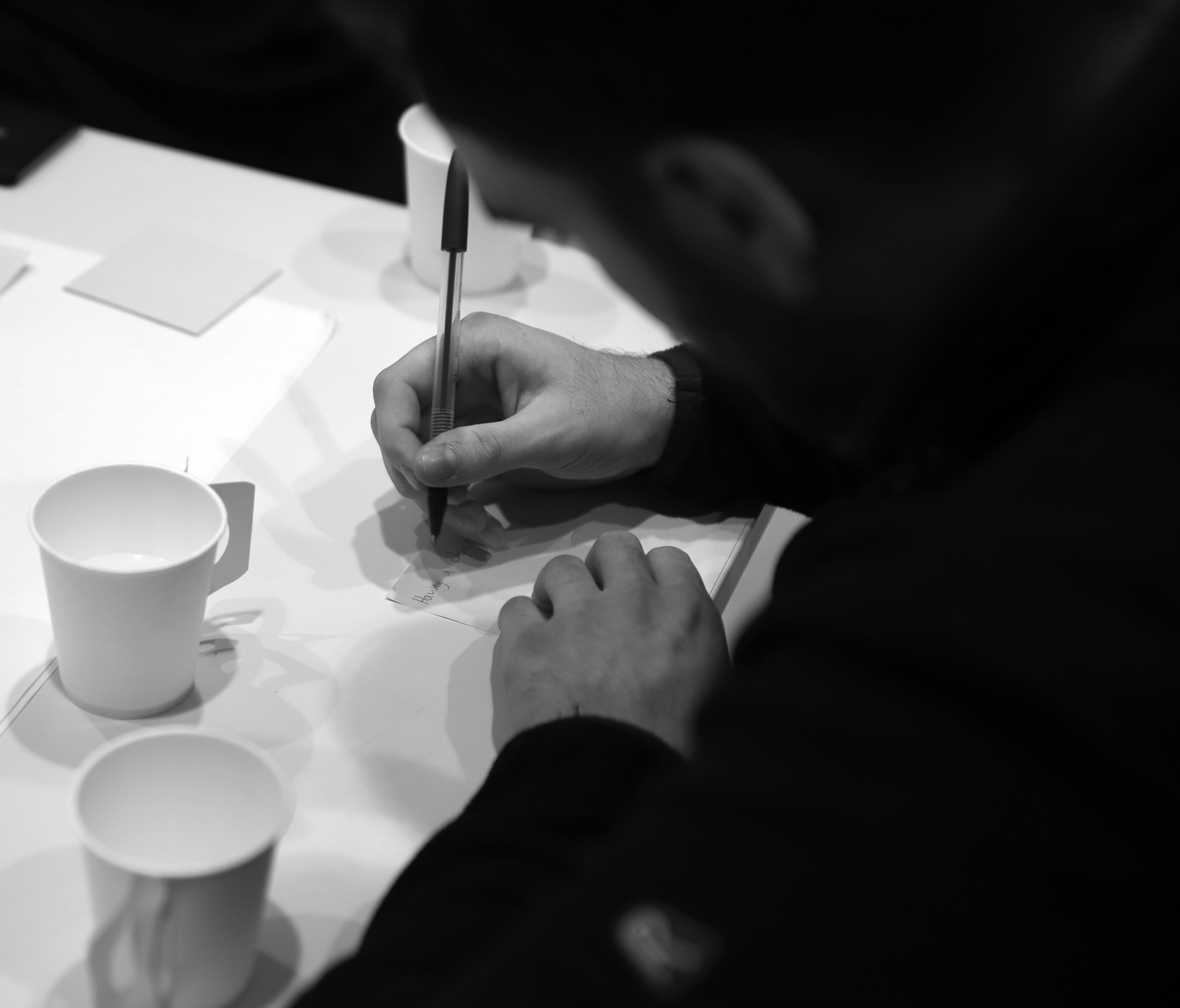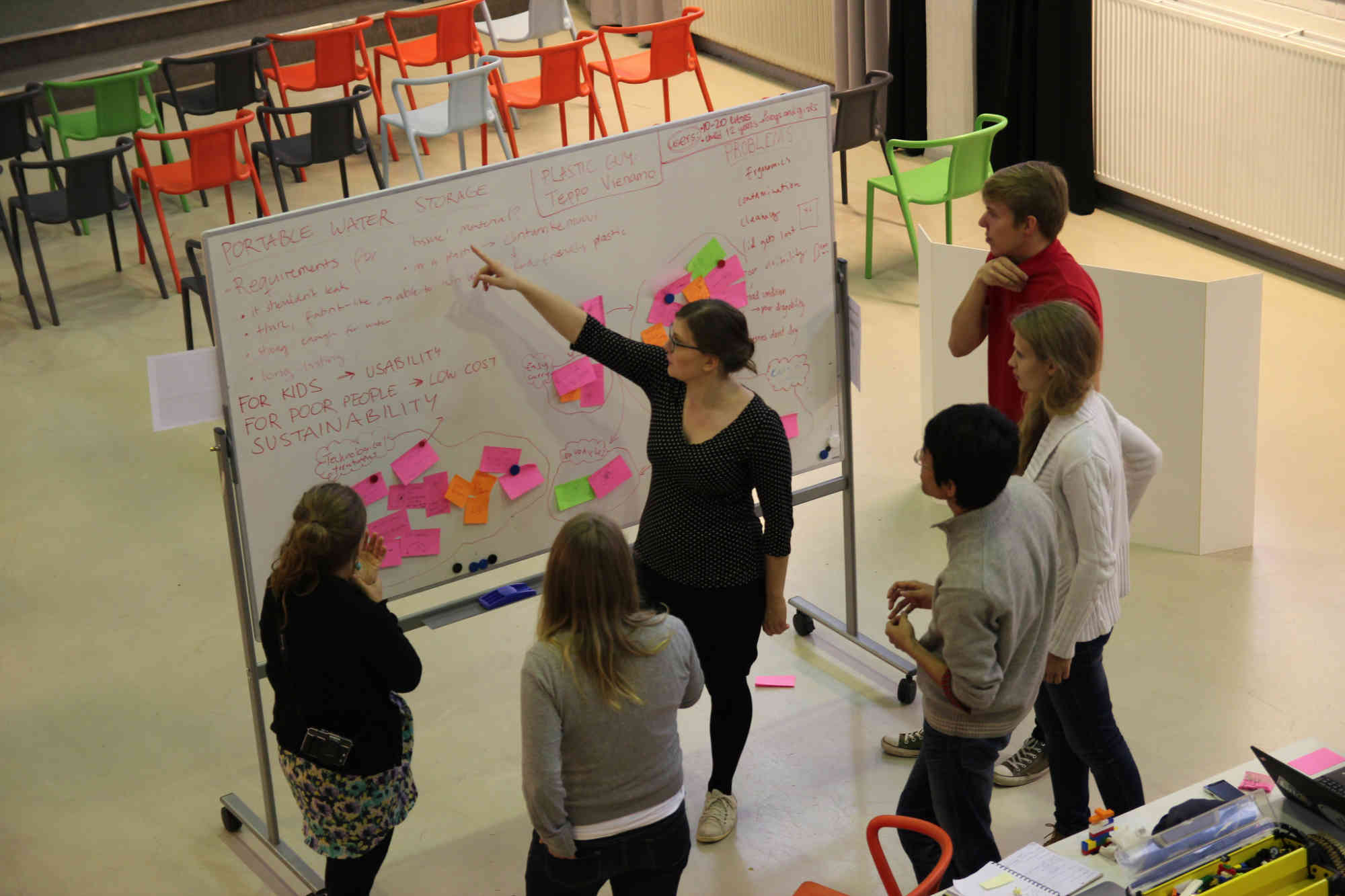DESIGN+
Faced with an ever-increasing pace and complexity, organizations are in dire need for new types of approaches for enacting development. Design+ investigates how we can harness design approaches to create new value. We study how design thinking and design methods can be used to produce concrete solutions for complex and abstract challenges in organizations, overcoming frictions in collaboration amongst diverse stakeholders and promoting distributed initiative. Design+ has interviewed over two hundred designers, design managers and design business leaders to date, and continues to track a number of design initiatives as the unfold in companies.
The initiative hosts multiple projects, including an ongoing three-year multidisciplinary research project studying the interconnection between design and strategizing practices, funded by the Emil Aaltonen Foundation, and looking into design and sustainability, enabled by a donation from UPM. These projects build on a previous two-year project focusing on design thinking in innovation projects and organizational culture, funded by the Finnish Work Environment Fund and company partners 2017-2019.
What is design thinking?
Design thinking is an exploratory process, which allows unexpected discoveries along the way. It is iterative and non-linear by nature and differs significantly from the planning-centric, milestone-based processes that define traditional business practices. However, it is not disorganized or undisciplined. Instead, it aims to create results through inspiration, ideation, and implementation based on empathy, reframing, prototyping and co-creation in diverse groups.
Design thinking allows leaders and organizations to:
- Combine creative and analytical thinking
- Find customer/organization needs and dreams
- Re-define problems
- Create range of possible solutions
- Get beyond obvious ideas
- Prototype
- Continuously iterate

While measuring the impact of design is tricky, investment in design pays off: research has linked better design is linked to improvement in organizations’ business performance (in terms of, for example, time-to-market, adoption rate, share of wallet, market share, revenue growth, profitability, and brand value). The Design Management Institute’s 2015 Design Value Index, based on a portfolio of publicly traded stocks from companies considered to be design-driven, has shown repeatedly returns exceeding 200% over the S&P 500.
Eager to get started?
Take a look at our stakeholder mapping, ideation and experimentation toolkits to try our some of the ways of working key in design approaches.
DESIGN+ CONTACTS
-

Tua Björklund DF Director, Associate Professor
tua.bjorklund@aalto.fi
+358 50 511 3182 -

Vikki Eriksson Head of Research
vikki.eriksson@aalto.fi
+358 50 466 8713 -

Senni Kirjavainen Researcher
senni.kirjavainen@aalto.fi
+358 50 521 5964
INSIGHTS FROM THE FIELD
-
Changing an organization without a mandate
The process of a professional group gaining a mandate and adopting their practice to an organization includes a variety of complementary actions. Introducing and adopting a practice simultaneously on multiple levels of an organization enhances the fit of the practice and provides opportunities to gain a mandate. Thus, the role of a change agent take shape in multiple ways in such contexts. Full post -
Managing for knowledge creation in exploratory projects
I recently defended my PhD thesis looking into how practitoners with little or no experience on creative problem-solving practices approach ambigious problems and, on the other hand, how this type of work should be supported. My research got started at the Design Factory and the data was gathered from Design Factory-based industry project courses and from companies involved in research projects based at DF. Below is the transcript of the introductory lecture I gave at my defence.
Full post -
3 pathways to implementing design thinking in a large company
Disruptive innovations are challenging traditional industries and established players to seek new ways to enhance their internal innovation capabilities. Implementing design thinking into organizational practices can help bring users and their real needs to the center of the company, but remember to take into account varying perceptions across the organization, implement incrementally and secure mandate from management.
Full post
JOURNAL PUBLICATIONS
- Björklund, T.A., Keipi, T. & Maula, H. (2020). Crafters, explorers, innovators, and co-creators – Narratives in designers’ identity work. Design Studies, 68, 82-112.
- Björklund, T.A., Maula, H., Soule, S. & Maula, J. (2020). Integrating design into organizations: The coevolution of design capabilities. California Management Review, 62(2), 100-124.
- Björklund, T.A. & Keipi, T. (eds.) (2019). Design+ Organizational renewal and innovation through design. Aalto University, Helsinki. ISBN 978-952-60-3782-0. 220 p.
- Björklund, T.A. & van der Marel, F. (2019). Meaningful moments at work: Frames evoked by in-house and consultancy designers. The Design Journal, 22(6), 753-774.
 Aalto DF
Aalto DF


